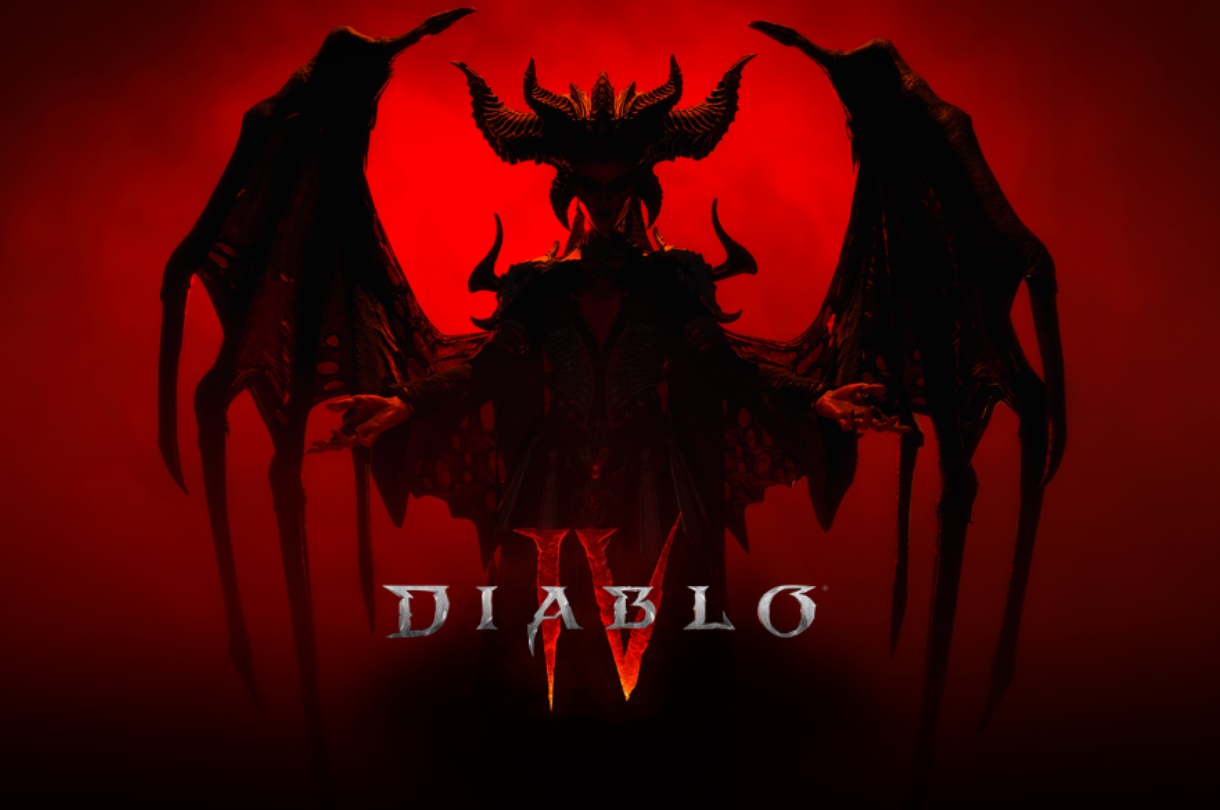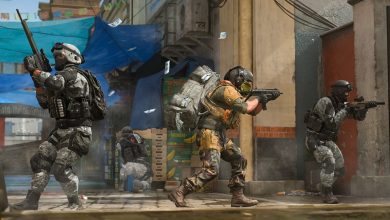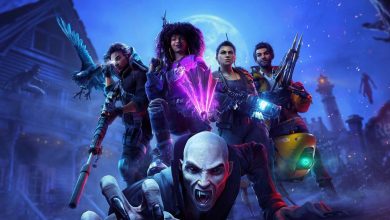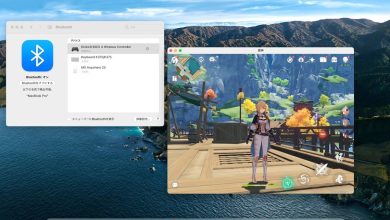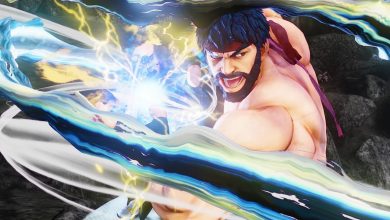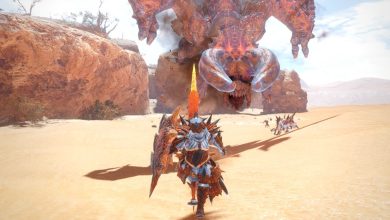The New ‘Diablo IV 2024’ Leaks From Its Alpha Test are Already Surfacing
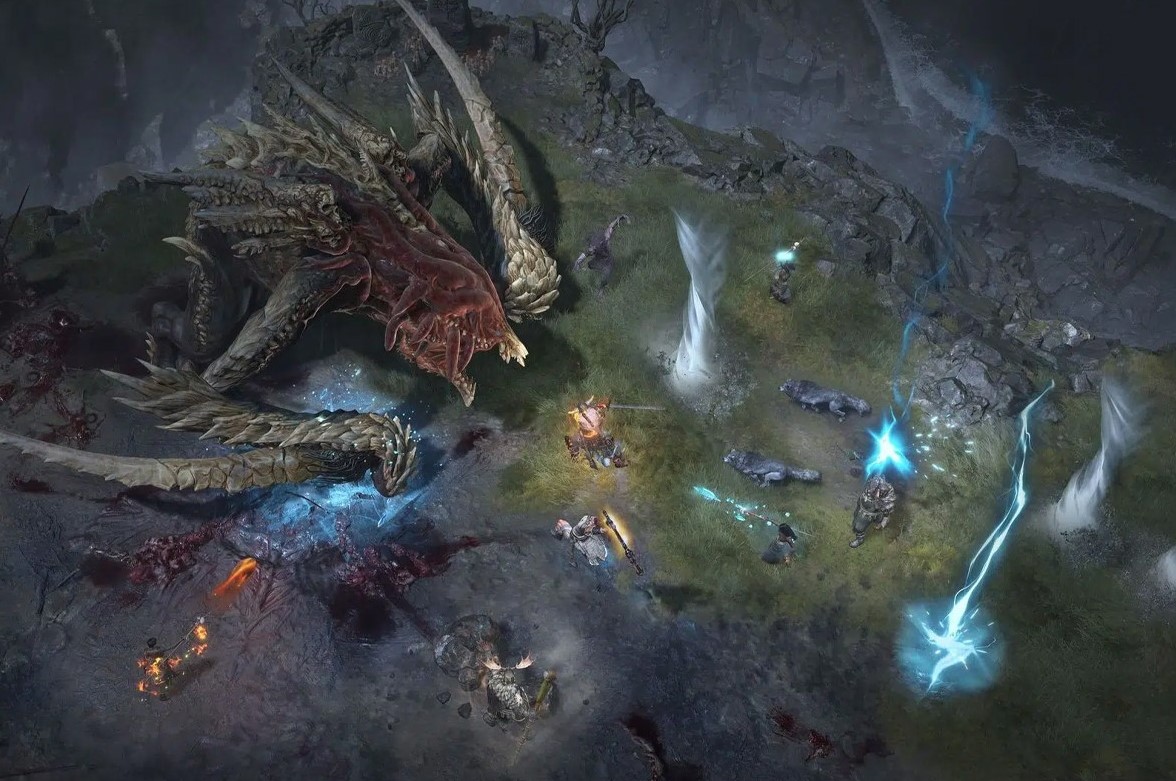
The fourth main entry in the Diablo IV series is a forthcoming action role-playing game created and released by Blizzard Entertainment. The game’s release was revealed on June 12, 2022, following the game’s announcement on November 1, 2019, during BlizzCon 2019. Repeated procedurally generated dungeons and character building emphasizing loot will also be included, along with additional elements like an open environment and player vs player (PVP) interactions.
Barbarian, Sorceress, Druid, Rogue, and Necromancer are the five playable classes that have been revealed; they have all appeared in the series. Players control their avatar as they complete tasks and engage in combat in the Sanctuary universe as the exiled Lilith reappears to cause mayhem.
| Platforms | PlayStation 5, Xbox Series X and Series S, PlayStation 4, Xbox One, Microsoft Windows |
| Initial release date | June 5, 2023 |
| Mode | Multiplayer video game |
| Nominations | The Game Award for Best Multiplayer Game, The Game Award for Innovation in Accessibility |
| Composers | Ted Reedy, Leo Kaliski |
| License | proprietary license |
Character Development
- The game’s demo has three classes: barbarian, Sorceress, and Druid.
- There are five classes scheduled. At BlizzCon 2019, Barbarian, Sorceress, and Druid classes were revealed. A fourth class, the Rogue class, was announced at BlizzCon 2021. The fifth class, the Necromancer, was announced in 2022.
- While engaged in battle, The Barbarian from Diablo II and Diablo III can change between weapons.
- The Sorceress is an element mage-type character from Diablo II that uses lightning, ice, and fire magics.
- The Druid, coming from Diablo II, has earthy and storm magics and can shapeshift among human, werewolf, and even werebear forms.
- The Rogue is a recurring character from the original game—a swift fighter who switches between bladed melee and ranged combat weapons with a bow.
- The Necromancer, who has experience in Diablo II and III, uses black magic to summon creatures and launch attacks.
Character look can be changed and is not based on class. These include picking a character portrait and their character’s skin tone. You can alter how a mount looks. There are skill trees that let you customize your abilities.
Environment
Players can travel across five regions within the Diablo franchise world of Sanctuary: Scosglen, Fractured Peaks, Dry Steppes, Hawezar, and Kehjistan. Hell will also function as a playable environment. There are procedurally generated dungeons with random layouts of inner and outside settings. Because dungeons are instanced independently, non-party players would not appear.
Because Sanctuary is a fixed region, it will not have the game’s dungeon’s procedurally-generated maps. Scosglen is a woodland coastline area teeming with druids, werewolves, and drowned-type foes. Fragmented Peaks is a snow mountainous region with extensive cave networks. Dry Steppes is located in a desert so severe that the residents have resorted to cannibalism.
Hazar is a swamp-like location that witches inhabit. Lastly, Kehjistan is a war-torn wasteland that contains the ruins of a once-thriving civilization. The game world is unstructured; there are no loading windows when moving between regions or dungeons.
Additionally, each zone can be accomplished in any order the player chooses. Enemies are sized to the player (or the party leader in multiplayer) to support these new modifications, and the tale is non-linear. The game includes a hardcore mode. Select places within each region prohibit player interactions until certain story milestones are met. Such progression will be synchronized to that of the leader of a party. Non-party player interactions, such as PVP, are available in overworld locations.
Non-party player interactions, such as PVP and boss events, can be found in overworld areas and are open to joining by passing players. The number of players in the world varies by region. High settlements will exhibit large populations. More wild zones will change the number of players visible to other players to reinforce a feeling of desolation.
Diablo III came under fire for departing from a gloomy setting.
Game director Luis Barriga responded, “We want gamers to feel like they’re in the medieval city,” when asked about Diablo IV’s environment. The terrain features elevation, enabling in-game cinematics and environment interaction for the first time in the series. All graphics are standard 3D game components.
Gameplay
The fundamental gameplay mechanic of the series is the incremental acquisition of more vital equipment through the defeat of progressively more challenging foes. Different character class skills are used to combat enemies, and these skills can be modified through equipment and talent trees.
Using this idea, the plot and quests can be advanced. Monster families, which have a theme, a fighting style, and a location, are used to group enemies. Each family contains a unique archetype that plays a distinct role, allowing for the synergy of specialized skills across family members. They can be distinguished by their distinctive silhouettes, stances, and weaponry.
According to creative director Sebastian Stepien, the intention was to produce a more “grounded” plot than Diablo III. The plot centers on the familiar people of Sanctuary rather than “politics, kings, or any high-fantasy element” to accomplish this.

